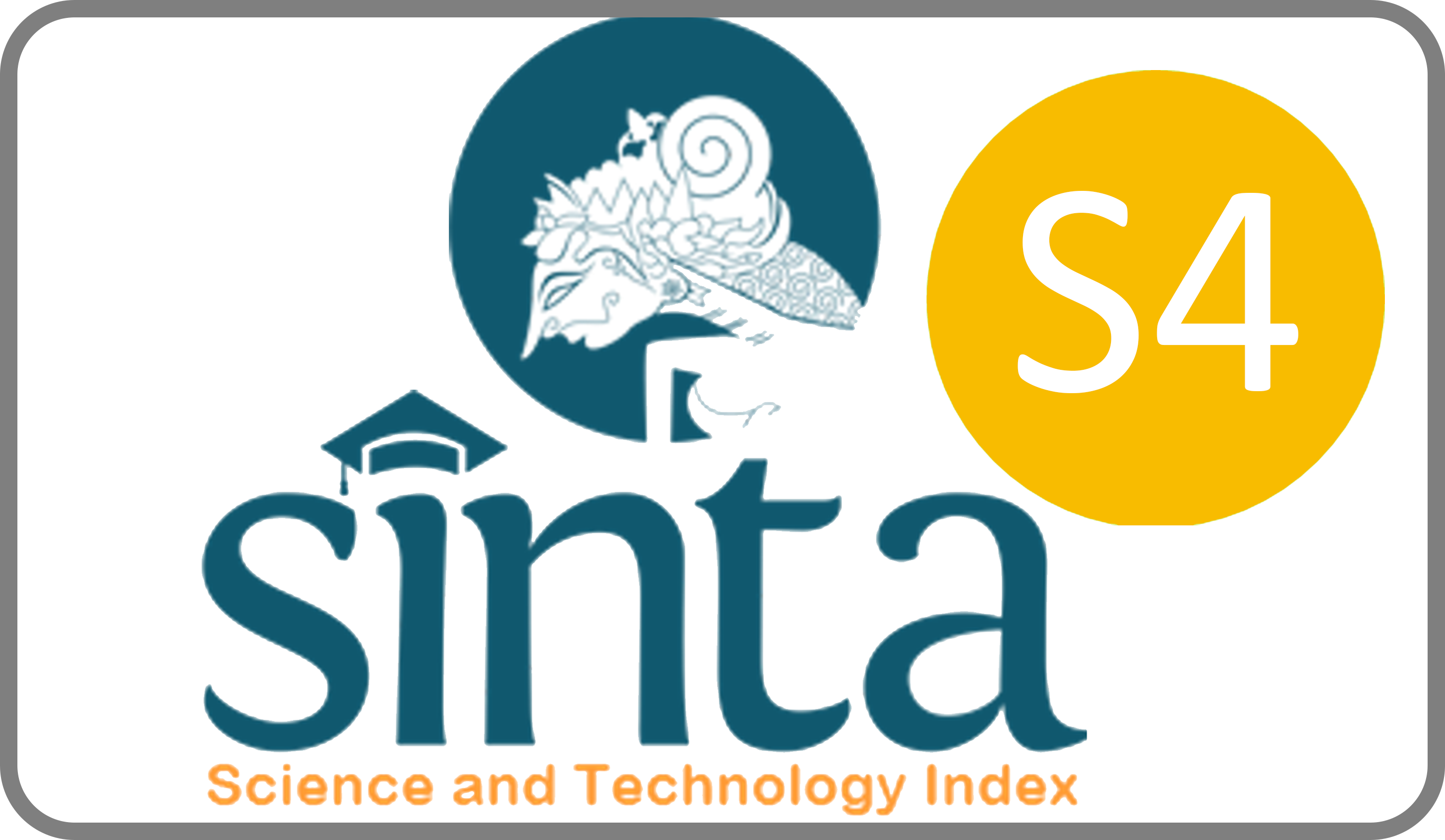DEVELOPING CRITICAL THINKING AND CYBERSECURITY LITERACY SKILLS AHEAD OF THE 2024 ELECTION FOR STUDENTS AT VOCATIONAL HIGH SCHOOL OF AL BADAR IN TULUNGAGUNG
Downloads
The spread of information in the digital media tends to include fake news. Ahead of the 2024 election, hoax is distributed for the certain political interests and can affect divided societies. As the novice voters who are familiar with social media, high school students become the hoax target. Therefore, a training for developing chritical thinking skill and cybersecurity literacy is required by the novice voters. The target of this training is students of Al Badar Vocational High School in Tulungagung. It aims at giving the students a skill for thinking critically towards any information. The authors organized this activity by analyzing the training needs for students, giving a critical thinking training and evaluating the training result. The authors found that the students’ level of critical thinking skill is still low. Therefore, the authors suggest the novice voters to critically check and cross-check all information.
Berjamai, GS. & Davidi EIN. “Kajian Faktor-Faktor Penghambat Keterampilan Berpikir Kritis Siswa Kelas V Sekolah Dasar Pada Mata Pelajaran Bahasa Indonesia.” Jurnal Literasi Pendidikan Dasar, 2020: 44-49.
Choy, SC. & Cheah, PK. “Teacher Perceptions of Critical Thinking among Students and Its Influence on Higher Education.” International Journal of Teaching and Learning in Higher Education, 2009: 198-206.
Duron, R. et al. “Critical Thinking Framework for Any Discpline.” International Journal of Teaching and Learning in Higher Education, 2006: 160-166.
Facione, PA. Measured Reasons and Critical Thinking. Lillbrae, CA: The California Academic Press, 2011.
Facione, PA. “Critical Thinking: What It Is and Why It Counts.” Insight Assesment, 2010: 1-24.
Kalelioglu, F. & Gulbahar, Y. “The Effect of Instructional Techniques on Critical Thinking an Critical Thinking Dispositions in Online Discussion.” Educational Technology and Society, 2014: 248-258.
Kasali, R. Disruption. Jakarta: Gramedia Pustaka Utama, 2017.
Pratiwi, FI., Muttaqien, M., & Soegiono, A. “Sosialisasi Literasi Digital dalam Menghadapi Infodemik Covid-19 bagi Ibu-Ibu PKK di Desa Karangrejo, Gresik.” Jurnal Layanan Masyarakat, 2022: 162-172.
Shellenbarger, S. Most Students Don’t Know When News Is Fake, Stanford Study Finds. 21 November 2016. https://www.wsj.com/articles/most-students-dont-know-when-news-is-fake-stanford-study-finds-1479752576 (accessed Desember 13, 2022).
Suherdi, D. Peran Literasi Digital di Masa Pandemik. Deli Serdang:: Cattleya Darmaya Fortuna, 2021.
Tulungagung, Portal Pemerintah Kabupaten. Infografis Statistik. 2023. https://tulungagung.go.id/infografis/ (accessed Juni 28, 2024).
Zulfikar, F. Skill yang Paling Dibutuhkan di Dunia Kerja 5 Tahun Ke Depan. 2021. https://www.detik.com/edu/detikpedia/d-5782325/dear-mahasiswa-ini-skill-yang-paling-dibutuhkan-di-dunia-kerja-5-tahun-ke-depan (accessed November 29, 2022).
Copyright (c) 2024 A. Safril Mubah, Sarah Anabarja, Probo Darono Yakti, Annisa Pratamasari

This work is licensed under a Creative Commons Attribution-ShareAlike 4.0 International License.
JLM by Unair is licensed under a Creative Commons Attribution-ShareAlike 4.0 International License.
1. The journal allows the author to hold the copyright of the article without restrictions.
2. The journal allows the author(s) to retain publishing rights without restrictions
3. The legal formal aspect of journal publication accessibility refers to Creative Commons Attribution Share-Alike (CC BY-SA).
4. The Creative Commons Attribution Share-Alike (CC BY-SA) license allows re-distribution and re-use of a licensed work on the conditions that the creator is appropriately credited and that any derivative work is made available under "the same, similar or a compatible license”. Other than the conditions mentioned above, the editorial board is not responsible for copyright violation.


















